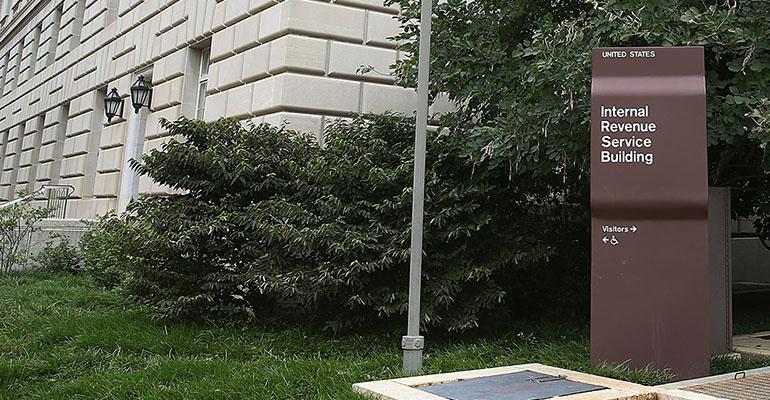(Bloomberg) -- This U.S. presidential campaign, and particularly that of Democratic Senator Bernie Sanders of Vermont, moved the issue of income inequality front and center. Now there are some new numbers in that department, and they won’t make many people happy. At best, maybe just 1 out of 100.
The top 1 percent of Americans as measured by income rake in 17 percent of all U.S. income on an annual basis—before taxes, of course. And that caveat is important, according to a new analysis by the Tax Policy Center (TPC), because that select group of your fellow citizens gets 27 percent of the tax breaks doled out by the federal government.
The TPC’s calculations show an estimated $1.17 trillion in federal revenue last year going to individual tax expenditures (a fancy way of saying taxes we didn’t have to pay because of deductions, like for giving old clothes to the Salvation Army—or, in this case, collections to the Metropolitan Museum of Art). While the wealthy see an outsize benefit compared with their share, the lowest-income households get just about 4 percent of federal tax breaks, close to their portion of all pretax income. That same trend holds for taxpayers in middle- and upper-middle-income households.
Those 1.1 million folks in the 1 percent, as measured by the TPC, have annual income that averages a little less than $700,000. The top one-tenth of that group, some 110 households, average about $3.6 million, according to Howard Gleckman, a senior fellow at the TPC.
The middle of the pack, some 33 million people, have pretax income ranging from $45,000 to $80,000. The lowest one-fifth of taxpayers, a universe of about 47 million Americans, have income up to about $24,000.
Among the biggest of these givebacks, courtesy of the Internal Revenue Service (well, really Congress), are capital gains and dividends—these are the biggest way the wealthiest benefit. Characterizing capital gains and dividends as government spending is somewhat controversial, noted Gleckman. “The IRS considers them a tax expenditure, but there is a question of whether they really are. There are tax-preferential rates, but are those preferential rates really a government spending program?” The terminology does sound like it’s already government money, and only if your accountant finds the appropriate deduction can you have some back.
Using the IRS nomenclature, the top 1 percent got more than 60 percent of the benefit from a basket of subsidies including the preferential tax rates on capital gains and dividends, the step-up basis for inherited assets, and the exemption of most gains from the sale of a primary residence. The top 1 percent also gets a big serving of benefits from itemized deductions, which include gifts to charitable organizations, gobbling up 32 percent of that category. That’s a lot of old Chanel suits.
Low- and middle-class people have very few investments in taxable accounts, noted Gleckman, with most of their savings in tax-free accounts on which they don’t pay capital gains tax. The mortgage interest deduction is most helpful to the upper-middle-income people, he said, but not the superrich, since there’s a cap on the deduction.
What the lowest-income households benefit from will come as no surprise: refundable tax credits. These are going to people who likely don’t make enough to pay any income tax, so they get a direct cash subsidy through the tax code. “The lowest 40 percent of the households receive about 60 percent of the benefits of refundable credits, such as the Earned Income Tax Credit (EITC) and the child tax credit (CTC), including its non-refundable portion,” according to the TPC analysis.
Gleckman says most of these tax subsidies are here to stay. Both the mortgage deduction and charitable deduction are supported by very powerful lobbying groups. There’s been some interest in past years in capping the benefits from the deductions, which is something both Democratic presidential nominee Hillary Clinton and Republican nominee Donald Trump have included in their policy proposals, with varying degrees of detail.“If you are going to reduce tax rates, the money has to come from someplace,” said Gleckman. “Tax preferences are ingrained in the system, in people’s behavior, and it’s really hard to get rid of them. So if there is any broad-based tax reform, my best guess is that it will involve some sort of a cap.”
To contact the author of this story: Suzanne Woolley in New York at [email protected] To contact the editor responsible for this story: David Rovella at [email protected]





